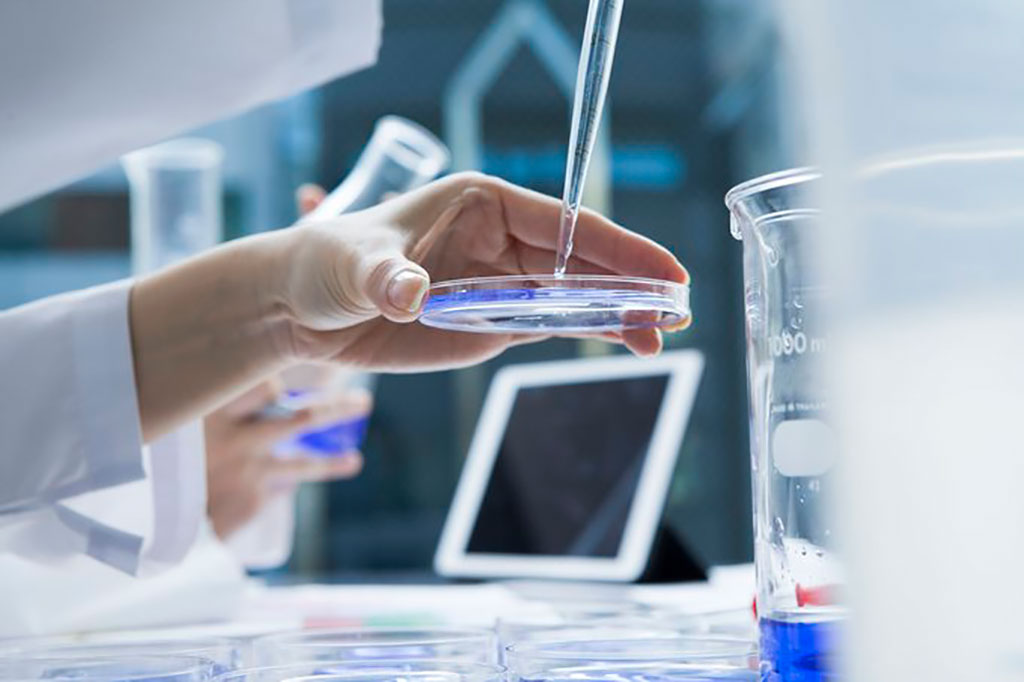New Ultra-Sensitive Super Antibody Test Could Identify COVID-19 Patients at Risk for Severe Illness
By LabMedica International staff writers
Posted on 11 Sep 2020
A novel study in AACC's Clinical Chemistry journal shows that a new test for SARS-CoV-2 viral proteins known as antigens could determine which COVID-19 patients are most likely to become critically ill, enabling hospitals to ensure that these patients have access to intensive care.Posted on 11 Sep 2020
Roughly 20% of COVID-19 patients require hospitalization and about 5% end up in the ICU, with most of those in intensive care also requiring ventilators. Hence, hospitals are required to set aside an adequate number of ICU beds and ventilators for these patients. With most ICU beds currently occupied, knowing which COVID patients are at risk of decline could help healthcare systems to better allocate these essential resources. Identifying patients who are likely to experience severe illness is also especially crucial in low-income communities, because nearly half of these communities have no ICU beds at all. This means that clinicians in these areas need to identify patients at risk of deterioration early so that they can transfer these patients to better equipped hospitals as quickly as possible.

Illustration
Researchers at the Harvard Medical School (Boston, MA, USA) and Brigham and Women’s Hospital (Boston, MA, USA) have now developed a test that could identify patients who are likely to need intensive care. Known as the Single Molecule Array (Simoa) SARS-CoV-2 antigen test, it is the first test that both detects and measures blood levels of S1- a protein that is part of the SARS-CoV-2 viral envelope.
After developing the test, the researchers evaluated its performance in 64 patients who tested positive for COVID-19 via standard diagnostic PCR testing for the virus. Of these patients, 23 had undetectable S1 concentrations, another 23 had low concentrations (6-50 pg/mL), and 18 patients had high concentrations (>50 pg/mL). Significantly, the researchers found a strong connection between S1 concentrations and ICU admissions. 77% of the patients with high concentrations were admitted to the ICU and required intubation within one day of presentation at the hospital. In comparison, only 52% and 30% of patients with low and undetectable concentrations, respectively, required intensive care.
"These results suggest that high S1 concentrations in plasma upon presentation to the hospital correlate with severe cases of COVID-19 that can result in respiratory failure and require immediate intubation," said David R. Walt, PhD, who led the study. "Severe COVID-19 cases with acute respiratory distress syndrome can result in damage to endothelial cells and vascular leakage and we propose that this damage can lead to discharge of viral antigens into the blood."
Related Links:
Harvard Medical School
Brigham and Women’s Hospital










 (3) (1).png)


